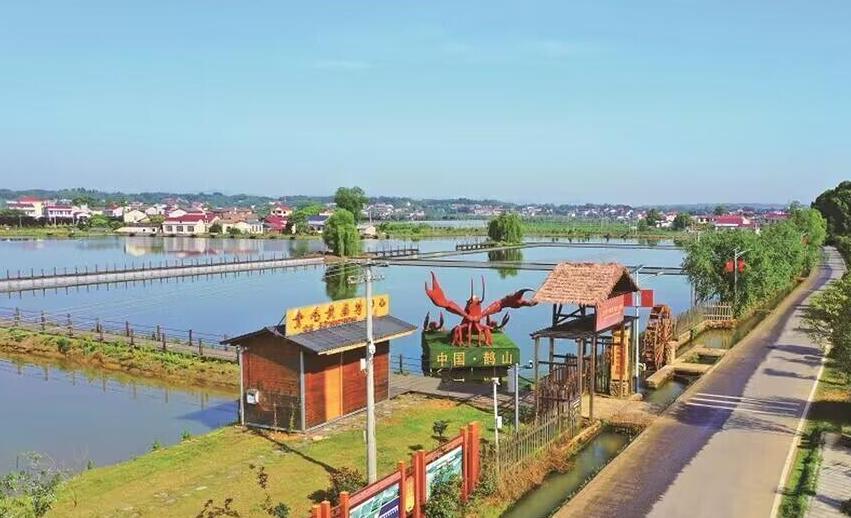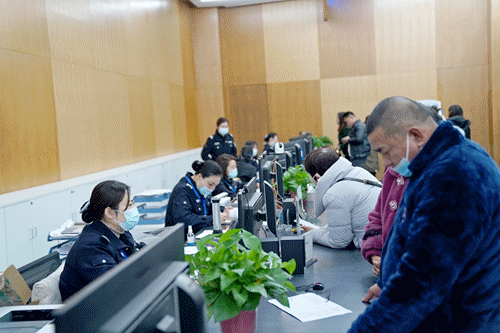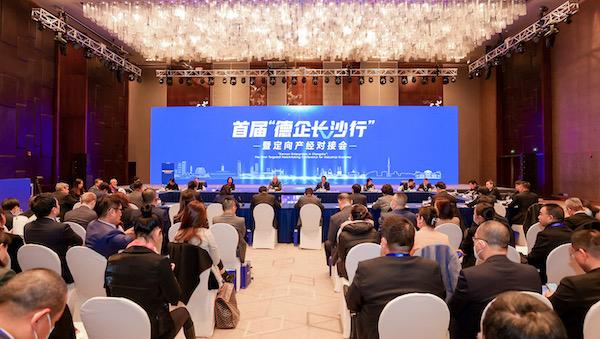Liu Shaoqi's Former Residence and Memorial Hall
Liu Shaoqi's Former Residence and Memorial Hall is a national key cultural relics protection unit, a red tourism spot and a patriotism education base. It is located in Tanzichong village, Huaminglou town, Ningxiang city, Hunan province.
Liu Shaoqi, alias Weihuang, was born at Huaminglou on November 24, 1898. He spent his childhood and boyhood here. He joined the Communist Party of China (CPC) in 1921, led the Anyuan Strike in 1922, took part in the Long March in 1934, and served as a member of the Secretariat of the CPC Central Committee and vice chairman of the CPC Central Military Commission in 1943. After the founding of the People's Republic of China, he became vice president of the Central People's Government. In 1954, he was elected chairman of the Standing Committee of the National People's Congress, and in 1959, he was elected president of the Central People's Government. In 1966, he was wrongly criticized. He died on November 12, 1969. In 1980, his reputation was rehabilitated.
Liu Shaoqi's Former Residence is a four-fold farmhouse, sitting east to west, with a pond at the front and green hill to the rear. With a total floor area of more than 800 square meters and a built area of more than 300 square meters, the residence has 21 and a half rooms, including 16 and a half with tile-roof (the central room was shared with the neighbor), and five thatched cottages.
In 1959, the Former Residence at Tanzichong was rated as a provincial key cultural relics protection unit by the Hunan Provincial People's Government, and a wooden inscribed board with golden characters on a red background was hung on the lintel of the front gate. That same year, the Former Residence was opened to the public. In May 1961, Liu Shaoqi lived here for a week when he returned to his hometown for investigation and research work. Subsequently, the public canteen was disbanded and the villagers' houses were crowded. So Liu Shaoqi decided to give them his old houses, as well as all the tables, stools, pots and stoves inside. In the early days of the "cultural revolution" (1966-76), the residence at Tanzichong village was damaged and the cultural relics were lost. In October 1966, the Former Residence was closed. In February 1980, the Fifth Plenary Session of the 11th CPC Central Committee rehabilitated Liu Shaoqi's reputation. Afterwards, the CPC Hunan Provincial Committee and CPC Ningxiang County Committee repaired the residence and collected the lost cultural relics. On March 5 of the same year, the residence was reopened to the public, and physical objects and photographs were exhibited in the bedroom, the study and central room.
Liu Shaoqi Memorial Hall was founded in 1984 and officially opened in 1988. There are eight exhibition halls, one audio-visual hall and two pavilions. The main building has a total area of 3,100 square meters and a display area of approximately 900 square meters. More than 3,000 collections were exhibited, of which almost 800 were used by Liu Shaoqi, including daily necessities and office supplies, a straw hat, glasses, and briefcase used during his home visit in May 1961, an otter skin coat and pocket radio used during his visit to the Soviet Union, and a pair of foam pillows used until his death. In addition, the particularly valuable exhibits are more than 1,000 photos illustrating his life, and four models - namely the Anyuan coal miners' club, the former site of the North Bureau of the CPC Central Committee, the former site of the Yancheng New Fourth Army Headquarters, and the former site of the Central Committee of the Communist Party of China in Xibaipo as well as two restored exhibits namely the Yangjialing cave dwelling in Yan'an and Liu Shaoqi's residences in Fuluju, Zhongnanhai, Beijing. Tens of thousands of books and photos annotated by Liu Shaoqi, which were donated by Liu Shaoqi’s wife, Wang Guangmei, were also exhibited. The Liu Shaoqi Memorial Hall was officially unveiled on November 24, 1988 by the former president Yang Shangkun, with a plaque “Comrade Liu Shaoqi Memorial Hall” inscribed by Deng Xiaoping hung on the lintel of the front gate.
On November 24, 1988, the Liu Shaoqi Bronze Statue Square, with a floor area of more than 8,000 sq m (including pedestrian space), was unveiled to memorize the 90th anniversary of Liu Shaoqi's birth. The bronze statue was donated by the All-China Federation of Trade Unions, and made by famous sculptor Liu Kaiqu and his apprentice Cheng Yunxian. It is 7.1 m high, of which the statue itself is 3 m high and the base is 4.1 m high. The height of 7.1 m symbolizes the CPC's birthday on July 1, as well as Liu Shaoqi’s death at the age of 71.
The bronze statue looks stately with a smile on his face, overlooking the distance full of vicissitudes of life. It reproduces the glorious image of Liu Shaoqi, one of the main leaders of the Party and the country and makes people fell a sense of respect and intimacy.
Liu Shaoqi's Former Residence was rated as a national key cultural relics protection unit by the State Council in January 1988. The former residence and memorial hall was rated as a provincial patriotism education base by the Publicity Department of CPC Hunan Provincial Committee in January 1995, and was rated as a model base for patriotism education by the Publicity Department of the CPC Central Committee in June 1997.

Liu Shaoqi, alias Weihuang, was born at Huaminglou on November 24, 1898. He spent his childhood and boyhood here. He joined the Communist Party of China (CPC) in 1921, led the Anyuan Strike in 1922, took part in the Long March in 1934, and served as a member of the Secretariat of the CPC Central Committee and vice chairman of the CPC Central Military Commission in 1943. After the founding of the People's Republic of China, he became vice president of the Central People's Government. In 1954, he was elected chairman of the Standing Committee of the National People's Congress, and in 1959, he was elected president of the Central People's Government. In 1966, he was wrongly criticized. He died on November 12, 1969. In 1980, his reputation was rehabilitated.
Liu Shaoqi's Former Residence is a four-fold farmhouse, sitting east to west, with a pond at the front and green hill to the rear. With a total floor area of more than 800 square meters and a built area of more than 300 square meters, the residence has 21 and a half rooms, including 16 and a half with tile-roof (the central room was shared with the neighbor), and five thatched cottages.
In 1959, the Former Residence at Tanzichong was rated as a provincial key cultural relics protection unit by the Hunan Provincial People's Government, and a wooden inscribed board with golden characters on a red background was hung on the lintel of the front gate. That same year, the Former Residence was opened to the public. In May 1961, Liu Shaoqi lived here for a week when he returned to his hometown for investigation and research work. Subsequently, the public canteen was disbanded and the villagers' houses were crowded. So Liu Shaoqi decided to give them his old houses, as well as all the tables, stools, pots and stoves inside. In the early days of the "cultural revolution" (1966-76), the residence at Tanzichong village was damaged and the cultural relics were lost. In October 1966, the Former Residence was closed. In February 1980, the Fifth Plenary Session of the 11th CPC Central Committee rehabilitated Liu Shaoqi's reputation. Afterwards, the CPC Hunan Provincial Committee and CPC Ningxiang County Committee repaired the residence and collected the lost cultural relics. On March 5 of the same year, the residence was reopened to the public, and physical objects and photographs were exhibited in the bedroom, the study and central room.
Liu Shaoqi Memorial Hall was founded in 1984 and officially opened in 1988. There are eight exhibition halls, one audio-visual hall and two pavilions. The main building has a total area of 3,100 square meters and a display area of approximately 900 square meters. More than 3,000 collections were exhibited, of which almost 800 were used by Liu Shaoqi, including daily necessities and office supplies, a straw hat, glasses, and briefcase used during his home visit in May 1961, an otter skin coat and pocket radio used during his visit to the Soviet Union, and a pair of foam pillows used until his death. In addition, the particularly valuable exhibits are more than 1,000 photos illustrating his life, and four models - namely the Anyuan coal miners' club, the former site of the North Bureau of the CPC Central Committee, the former site of the Yancheng New Fourth Army Headquarters, and the former site of the Central Committee of the Communist Party of China in Xibaipo as well as two restored exhibits namely the Yangjialing cave dwelling in Yan'an and Liu Shaoqi's residences in Fuluju, Zhongnanhai, Beijing. Tens of thousands of books and photos annotated by Liu Shaoqi, which were donated by Liu Shaoqi’s wife, Wang Guangmei, were also exhibited. The Liu Shaoqi Memorial Hall was officially unveiled on November 24, 1988 by the former president Yang Shangkun, with a plaque “Comrade Liu Shaoqi Memorial Hall” inscribed by Deng Xiaoping hung on the lintel of the front gate.
On November 24, 1988, the Liu Shaoqi Bronze Statue Square, with a floor area of more than 8,000 sq m (including pedestrian space), was unveiled to memorize the 90th anniversary of Liu Shaoqi's birth. The bronze statue was donated by the All-China Federation of Trade Unions, and made by famous sculptor Liu Kaiqu and his apprentice Cheng Yunxian. It is 7.1 m high, of which the statue itself is 3 m high and the base is 4.1 m high. The height of 7.1 m symbolizes the CPC's birthday on July 1, as well as Liu Shaoqi’s death at the age of 71.
The bronze statue looks stately with a smile on his face, overlooking the distance full of vicissitudes of life. It reproduces the glorious image of Liu Shaoqi, one of the main leaders of the Party and the country and makes people fell a sense of respect and intimacy.
Liu Shaoqi's Former Residence was rated as a national key cultural relics protection unit by the State Council in January 1988. The former residence and memorial hall was rated as a provincial patriotism education base by the Publicity Department of CPC Hunan Provincial Committee in January 1995, and was rated as a model base for patriotism education by the Publicity Department of the CPC Central Committee in June 1997.
Located in Tanzichong village, Huaminglou town, Liu Shaoqi’s Former Residence is a provincial key cultural relics protection unit. [Photo/nxiang.net]

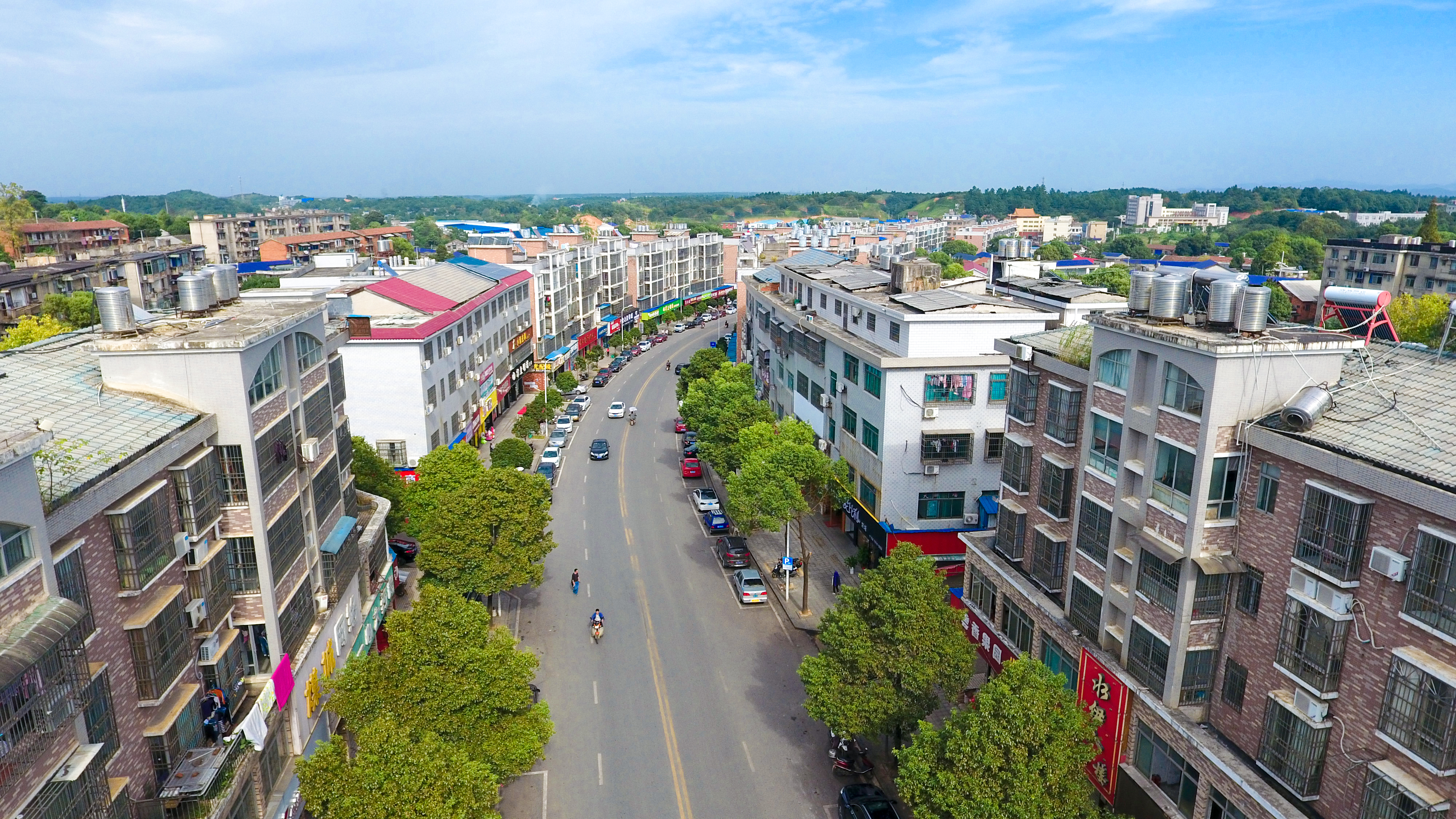 Ningxiang listed on China’s top 100 counties with comprehensive competitiveness
Ningxiang listed on China’s top 100 counties with comprehensive competitiveness  College welcomes a student of courage
College welcomes a student of courage 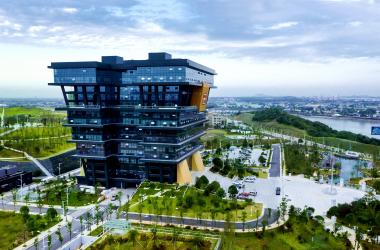 Changsha Blue Moon Valley Intelligent Home Appliances Industrial Town
Changsha Blue Moon Valley Intelligent Home Appliances Industrial Town 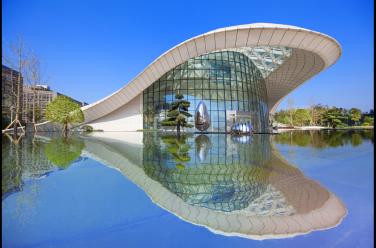 This is Ningxiang High-tech Zone
This is Ningxiang High-tech Zone 